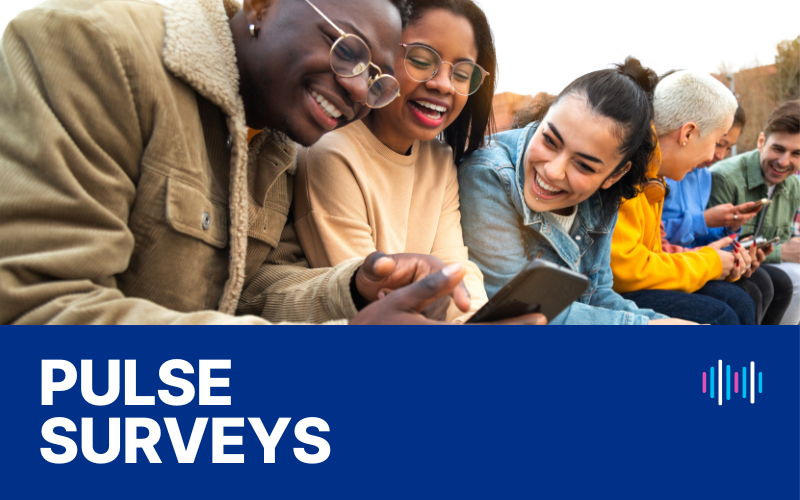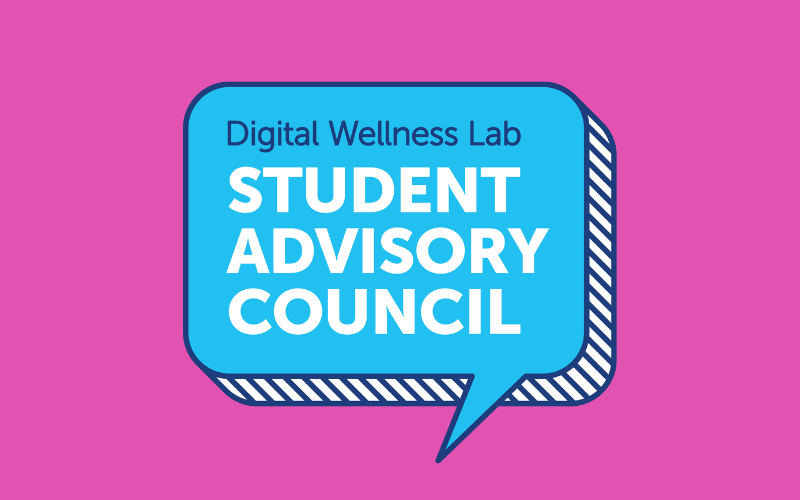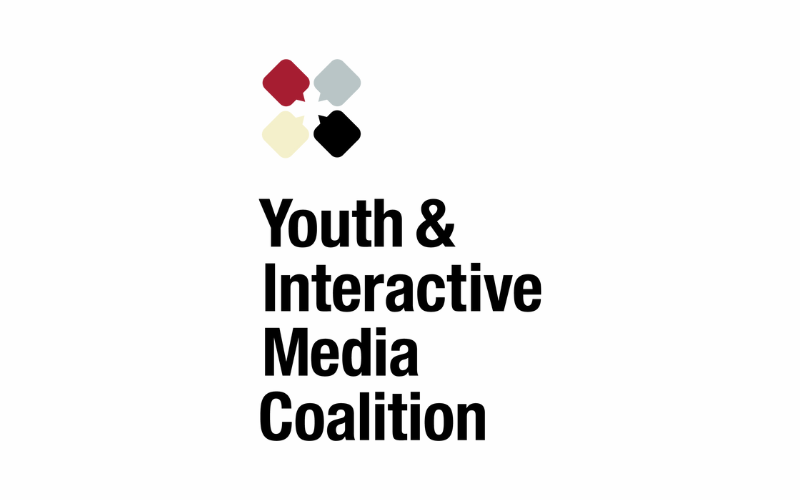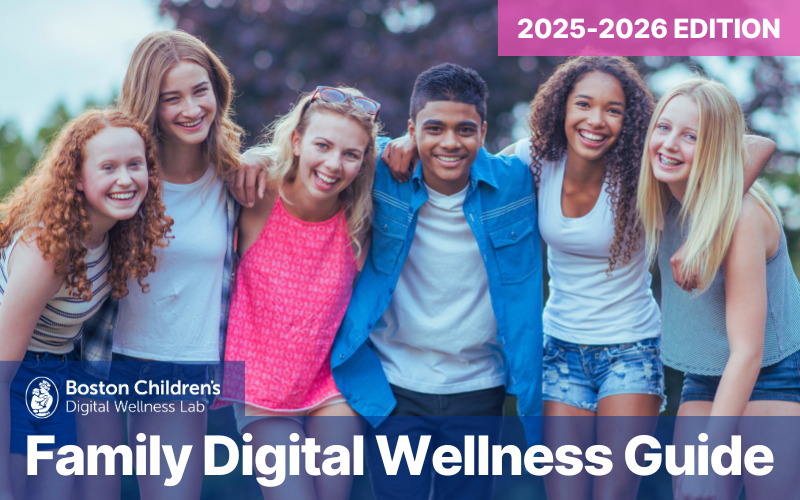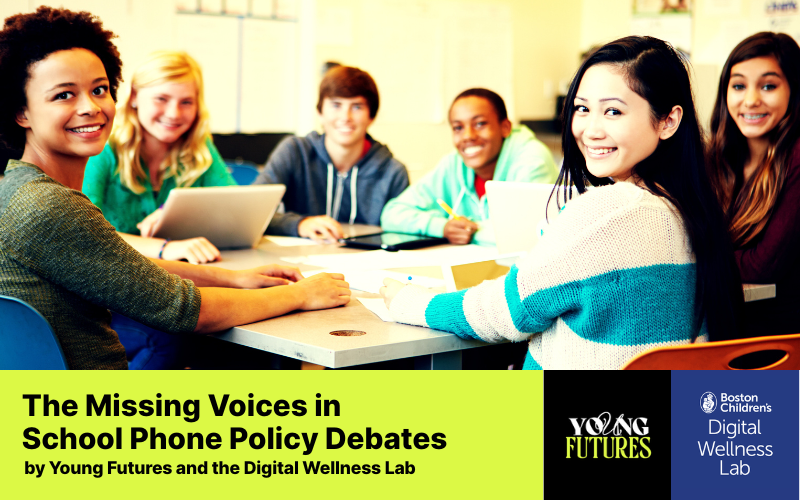Authored by the Digital Wellness Lab and Young Futures in collaboration
While summer break is in full gear for many students across the nation, one topic occupying educators’ and admins’ minds is effectively managing cell phones during the upcoming school year. Restrictions are on the rise across the country: 77% of public schools now prohibit students from using their phones during class. After years of pandemic-related disruptions, the idea that these policies will improve learning and social-emotional development is understandably appealing. While some states, such as Massachusetts, have provided schools with multiple policy options, New York recently announced a $13 million initiative to implement a mandatory “bell-to-bell” policy that will require all public and charter schools to lock up students’ phones for the entire school day. We also see this top-down approach popping up in Texas, Utah, South Carolina, and Virginia. The justification for this approach? The NY Governor’s Office claims these phone-free environments reduce distractions that “inhibit learning and creativity” and “support mental health” without compromising student safety.
But, does the evidence stack up?
While some studies have found links between adolescents’ phone or social media use and mental health concerns, there’s surprisingly little research on the effects of school phone policies. Current research suggests that limiting phone use can benefit learning, especially for at-risk students. A 2024 survey often cited by policymakers found that 72% of high school teachers view cell phone distractions as a “major problem,” but 60% admitted existing policies are difficult to enforce. Meanwhile, 70% of teens felt smartphones’ benefits outweigh their harms.
With these seemingly nuanced findings, what are we as educators, caregivers, students, policymakers, and school admin supposed to do? While there is mounting pressure to adopt top-down policies at the state level, these are based largely on correlational and anecdotal data rather than evidence of direct impact.
To untangle this complicated web, our organizations, The Digital Wellness Lab (DWL) and Young Futures (YF), took complementary approaches and went straight to the source—teens. The Digital Wellness Lab conducted a large-scale survey of more than 1,500 middle and high school students nationwide, gathering both quantitative data and qualitative insights in Spring 2025. Meanwhile, YF, with the support of InTandem, led focused qualitative discussions with smaller groups of students from across the nation. Together, these initiatives helped us understand students’ perspectives on smartphones in schools and develop a more nuanced view of policies that would benefit from young people’s input.
Teens recognize phones as a potential distraction
Overall, the teenagers we surveyed generally agreed that smartphones can distract from learning, with 56% saying this was a “moderate” to “major” issue at their school. They also see potential benefits in restricting use during class time: nearly half (45%) thought their school’s phone policy improved the learning environment, and more than one-third (35%) said it improved their ability to pay attention during class. In other words, teens also recognize that letting them have free rein with their phones in school isn’t the answer.
Clearly, adults and teens can indeed find some middle ground. Whether phone policies should exist is a moot point, since most schools already have some form of policy in place. What’s missing from this discussion, however, is how current phone policies are contributing to teens’ overall wellbeing. So, let’s break it down to the two top concerns we heard across our shared listening efforts.
Restrictive policies dismiss their need for autonomy
One consistent concern among students centered on how these restrictions affect their autonomy and safety, both of which are important for healthy adolescent development. For example, one student highlighted what they saw as the downsides of an ineffective school policy:
“The cell phone policy hasn’t impacted students much, except our sense of security and independence… Since most teachers don’t require students to use the pouches [to lock up phones], many of us believe the pouches were a waste of our school funds.”
Another student suggested that by taking the responsibility out of students’ hands, schools might be depriving them of a learning opportunity:
“Allowing autonomy for students forces them to face the consequences of their own cell phone usage and learn how to manage their own screen time.”
It undermines their feelings of safety
Overall, nearly one-third (29%) of teens felt that their school’s phone policy worsens their sense of safety, whereas more than one-third (36%) of girls and nearly half (45%) of non-binary and transgender students felt the same. The responses from students clearly illustrate the unfortunate reality that many young people experience each day and why restricting access to their phones could make this worse:
“anything could happen, [whether] it be a fire, school shooter, family emergency, or anything similar… “there’s a safety concern [around] a lack of communication in this day and age, [and] having our cell phones confiscated… could raise anxiety in a dangerous situation.”
Whether having access to personal phones during emergencies has a concrete positive or negative impact on physical safety, it is clear that current policies are undermining students’ sense of psychological safety, especially for already marginalized or vulnerable youth. While schools may have policy exceptions, these are not always clear: 32% of students either thought their school didn’t have an exception for emergencies or were unsure if this was the case, compared to 41% for medical exemptions and 55% for academic accommodations.
These concerns are not a small pittance, and they are further complicated by inconsistent implementation and accountability mechanisms. Teens we spoke to voiced particular frustration with policies that had misaligned the goals of the policy with unfair disciplinary action, such as monetary penalties for phone use.
The reality is that phones are both distractions and essential tools for learning, organizing, and managing daily life. Current policies lack this nuance, but students want policies that reflect the actual ways they use their devices.
So, how can policymakers and educators better support teens?
Just locking away phones isn’t enough: Despite the growth of digital literacy education, many schools still do not focus on building healthy media habits outside of the classroom. More than half (59%) of teenagers received no formal instruction on managing their smartphone use.
As one student suggested, “It would be beneficial for our school to provide more comprehensive education on responsible phone usage. While there are some discussions about this topic, a more in-depth focus on managing screen time would greatly help students develop healthier habits.”
Consider phone use outside of school: 40% of students with phone policies said they use their personal devices more outside of school, which could potentially lead to issues with media use at home. Interestingly, we found a clear relationship between digital literacy education and students’ device use outside of school: about 21% of students who received this education reported using their devices less outside school, compared to just 14% of those without such instruction (a 40% relative difference). While this meaningful finding certainly requires further exploration, it suggests that simply banning the use of smartphones during school hours may have less of an overall positive impact than pairing reasonable restrictions with relevant education.
Ask students for their input: Student involvement in policy-making made a dramatic difference in how they viewed those policies. The teens at schools where students had no input were four times more likely to call their school’s policy “completely unreasonable” (20%) than “completely reasonable” (5%). Meanwhile, teens who felt that students were fully involved overwhelmingly supported the policies, with 65% rating them as “very” or “completely” reasonable. When asked why they would choose to follow their school’s policy, one teenager responded:
“I find the rules reasonable and understand why it is implemented, so I have no reason not to follow the policy.”
Turns out, when students feel a policy is fair, they’re much more likely to follow it.
Age-appropriate accountability: School staff should follow guidance from organizations like the Massachusetts Attorney General’s Office and avoid using severe punishments to enforce phone policies, which can directly interfere with learning or extracurricular activities and potentially lead to conflict between teachers and students. 50% of students surveyed reported that detention or suspension were used as punishments for violating phone policies at their school, and 41% who felt that punishments were “not at all fair” said that these policies worsened their relationships with teachers. As one student explained:
“Sometimes when people get their phones taken away, they get really mad, and I don’t think that’s helping the relationship between teachers and students. I get that it is probably the right thing to do, but it feels condescending to be 18 and have an adult take away your property and scold you as if you’re a child.”
Beyond these steps, teenagers likely have their own innovative solutions to address these challenges. That’s why it’s essential for researchers, educators, caregivers, and policymakers to work collaboratively with young people; rather than creating an adversarial relationship that could undermine the shared goal of improving schools and student wellbeing.

